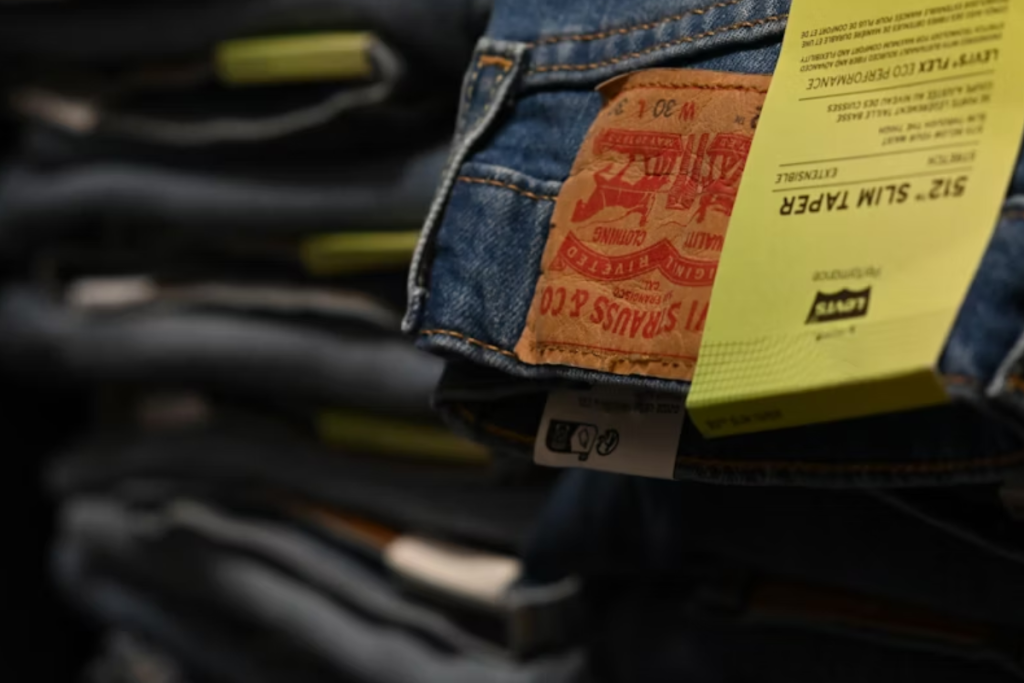Levi Strauss & Co. will shutter its owned distribution center in Hebron, Kentucky, a move that will impact nearly 350 workers and accelerate the company’s pivot toward third-party logistics. The layoffs, set to begin around August 18, come amid a structural transition in how Levi’s manages product movement across wholesale, retail, and e-commerce channels.
From Asset-Heavy to Agile
Levi’s decision to abandon the fully owned model in favor of a hybrid distribution strategy reflects a shift already underway in the apparel industry. Over the past year, Levi’s entered multiple agreements with third-party logistics providers, including one to replace its Canton, Mississippi DC and another to operate a leased facility in Ohio. The Hebron facility, which the company owns, is the latest to be phased out.
The restructuring is part of Levi’s broader push to improve flexibility and scalability while reducing fixed costs. SEC filings indicate that Levi’s mixed-model distribution network is now tasked with fulfilling across channels, wholesale, direct-to-consumer, and digital, mirroring how competitors like PVH and VF Corp. are rebalancing footprints post-COVID to respond to shifting consumer demand and rising logistics costs.
Financial Tailwinds and Strategic Refocus
The move comes as Levi’s posts signs of operational recovery. Net revenue reached $1.5 billion in Q2, up 3% year over year, with net income swinging to $140 million after a $10 million loss in the same quarter last year. CEO Michelle Gass attributed the gains to a strong product lineup and resilient brand equity, while reinforcing that supply chain agility remains central to Levi’s growth plans amid economic uncertainty.
This spring, Levi’s also agreed to divest its Dockers brand to Authentic Brands Group in a deal valued at $311 million, with an upside potential of $391 million tied to future brand performance. That sale not only refocuses Levi’s on its core denim franchise but also reinforces the company’s effort to streamline operations and redeploy capital toward higher-return growth drivers.
Why the Model Shift Has Long-Term Implications
While Levi’s maintains a global footprint and strong margins, the deeper shift to third-party logistics raises critical questions about long-term control and labor implications. As more apparel brands retreat from owned infrastructure in favor of 3PLs, the balance between speed, resilience, and cost will define which models endure. According to recent trade data, companies leveraging regional 3PL partnerships have reduced last-mile transit times by 15–25%, but often at the expense of labor continuity and union representation. Levi’s evolving approach will test whether distribution flexibility can coexist with workforce stability over time.




